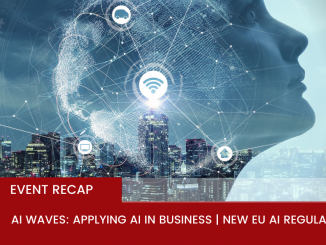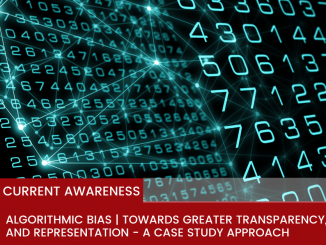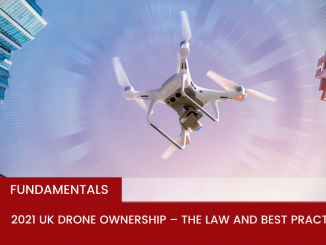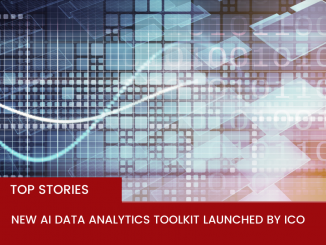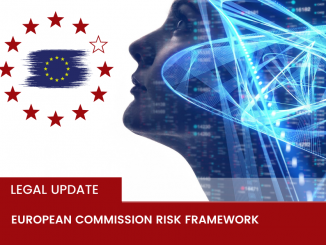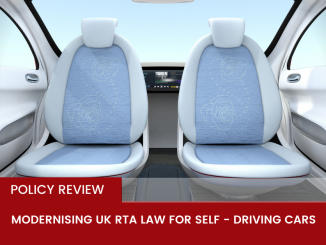The latest developments in Artificial Intelligence (AI)

Legal Gen AI Unleashed – A Practical Guide to Harnessing Artificial Neural Networks and the Power of Time-Based AI Prompts
Explore groundbreaking research on AI-generated legal analysis and its similarities to the Oracle of Delphi’s wisdom. Discover practical tips for integrating time-based AI prompts into legal practices. …


